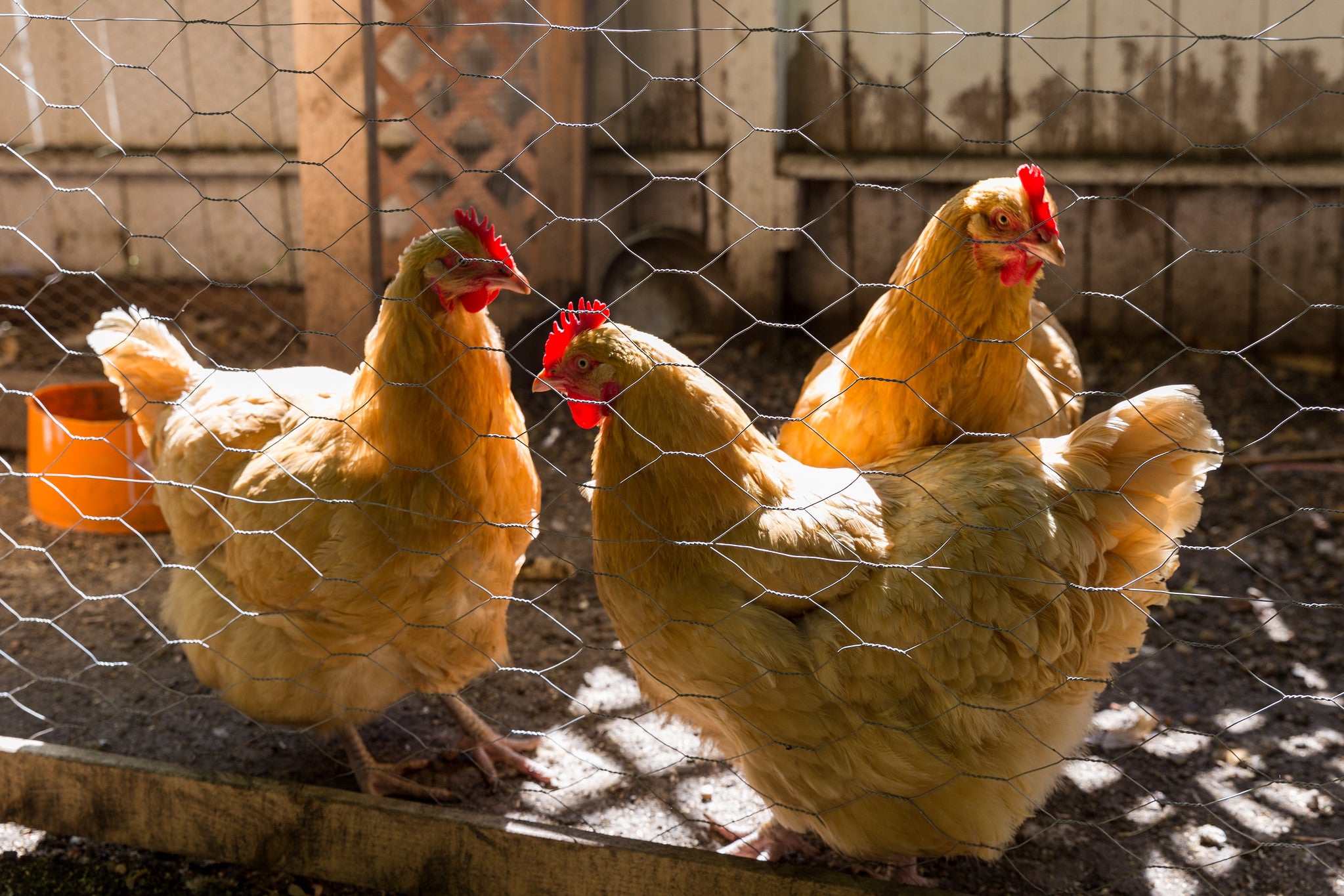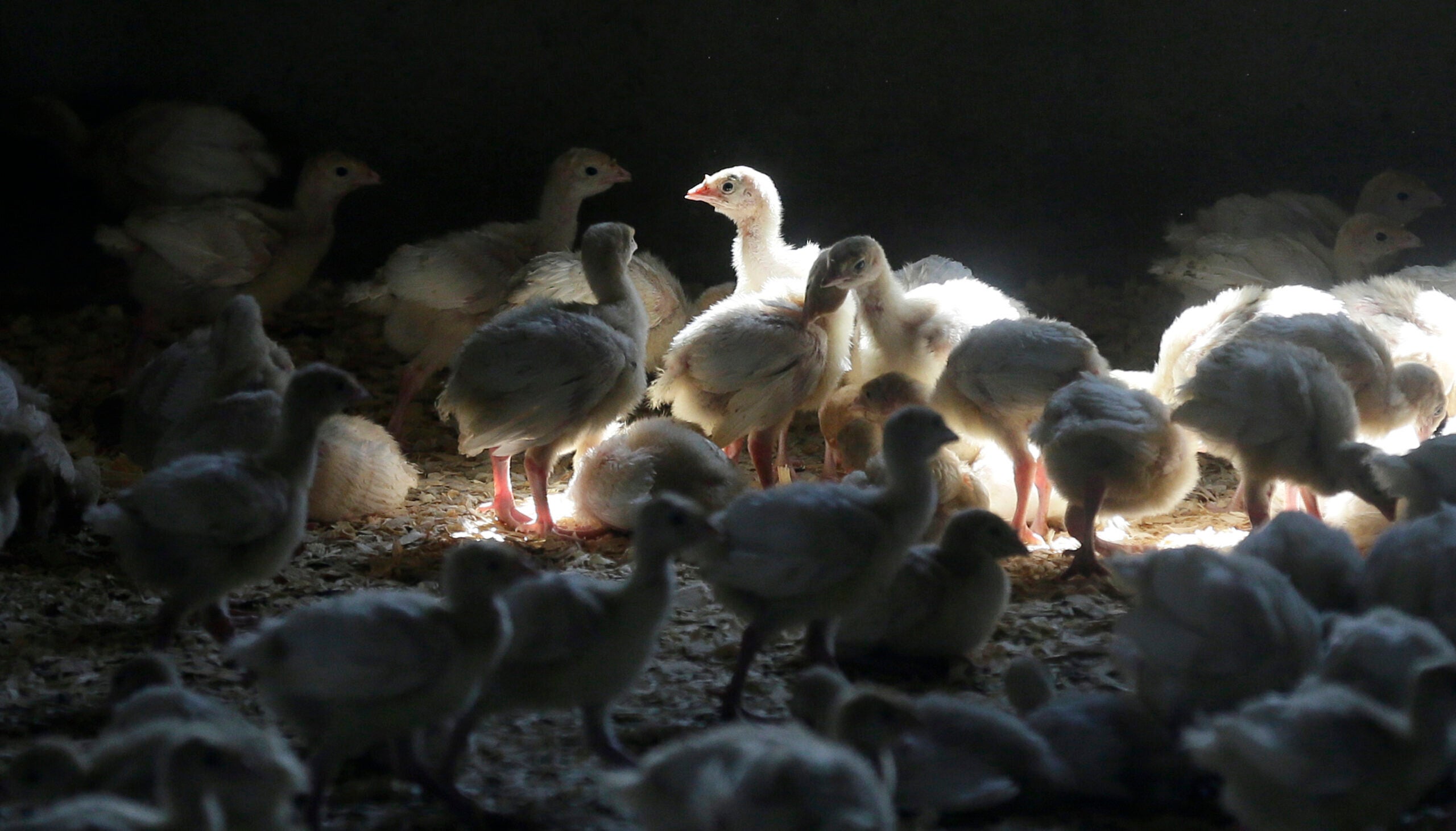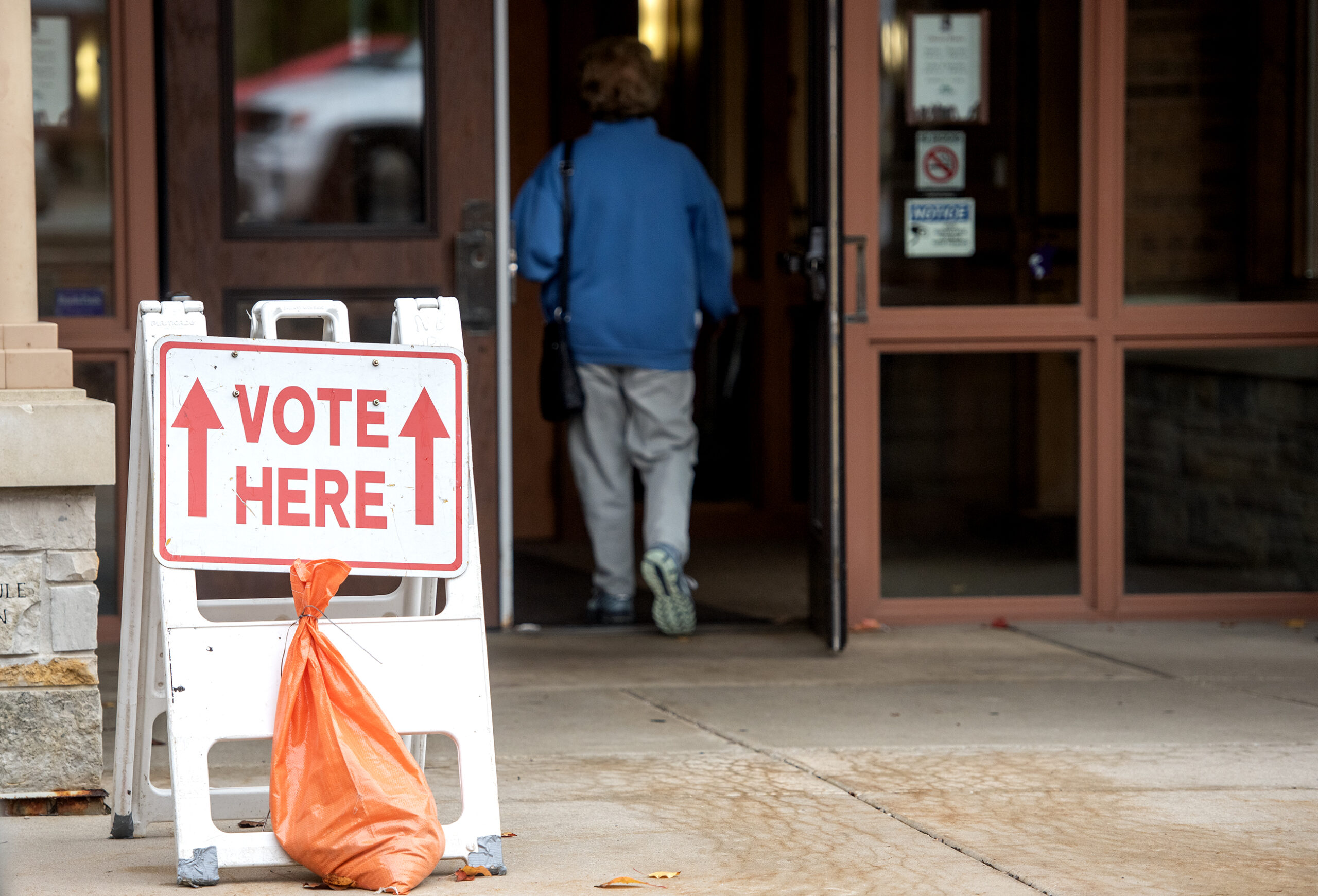Kelsey Jorissen Olesen once operated on her own sick chicken. Taking that on, she said, helped her to step into the role of a farmer.
She didn’t start out as a farmer. She had moved onto 80 acres in Shell Lake after years of working as an actress and filmmaker in Chicago. But she grew up with friends in 4-H and often hung around farms. As an adult, she felt pulled toward farming and growing her own food, first in Milwaukee and now in northwestern Wisconsin.
“I think that with social media, we can be bombarded with this romanticized version of what homesteading and farming can look like and feel like,” she said. “But in reality, it’s stinky, it’s messy, it’s dirty. You deal with death. You have to get your hands dirty.”
News with a little more humanity
WPR’s “Wisconsin Today” newsletter keeps you connected to the state you love without feeling overwhelmed. No paywall. No agenda. No corporate filter.
Jorissen Olesen is a first-generation female farmer. She’s a self-proclaimed “crazy chicken lady” and sustainability advocate and educator at Green Willow Homestead in Shell Lake. She recently joined WPR’s “The Larry Meiller Show” to share some top tips for anyone interested in starting their own chicken coops.
The following has been edited for brevity and clarity.
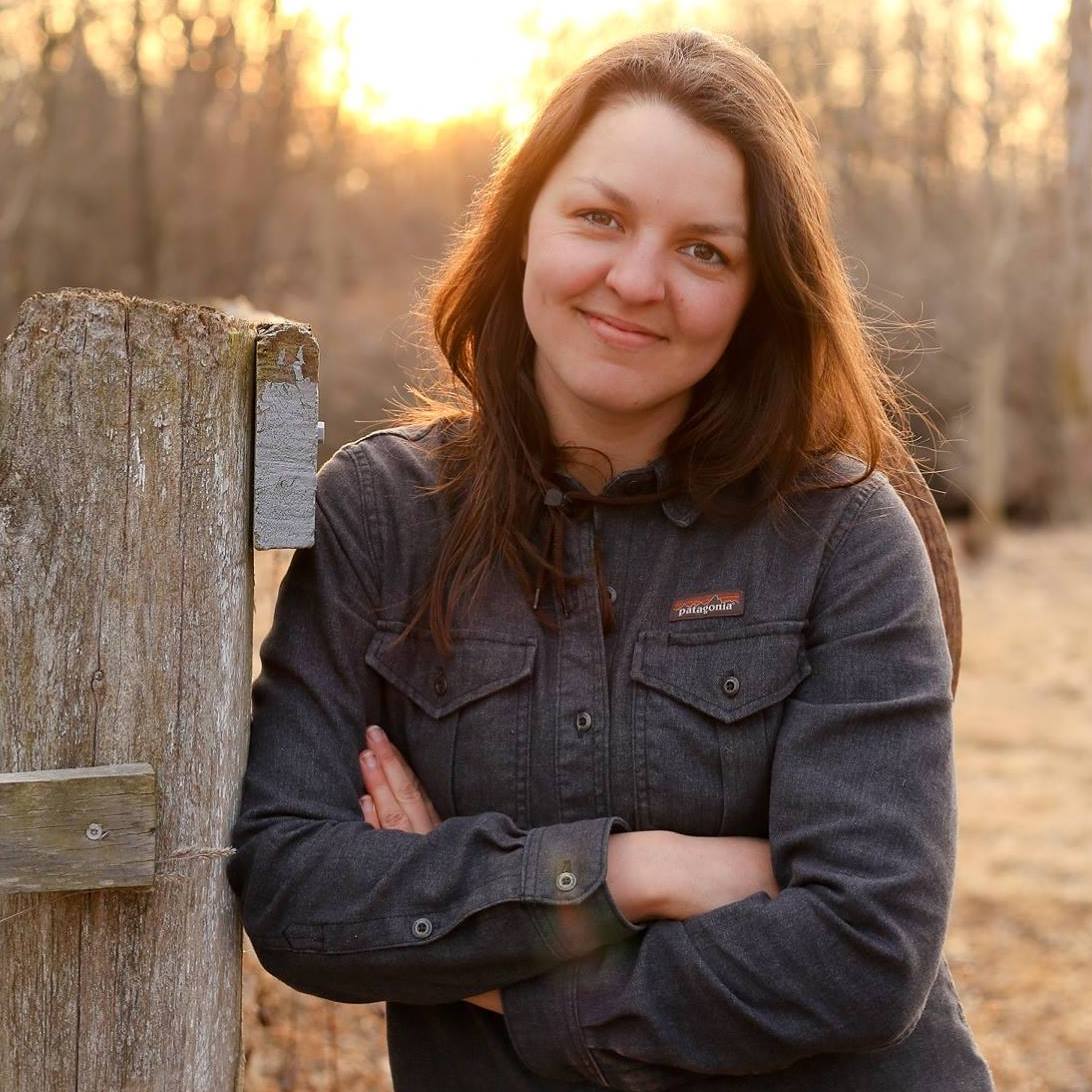
Larry Meiller: Where would you go to find out if you’re allowed to have chickens in your backyard, per your town’s rules?
Kelsey Jorissen Olesen: The best resource for finding this information is your county clerk. If you call in to their office and ask, they will be able to tell you the answer right away.
You can also look up your municipal codes online. Where we originally lived, outside of Milwaukee, in Franklin, we were given sort of an acreage limit. So if you were on three or more or five or more acres, you were allowed to have X number of chickens. And then now I know in the city of Milwaukee, a lot has changed and a lot of neighborhoods have been advocating to get chickens in their backyards.
LM: What are the basic things you need to think about before having chickens?
KJO: What I always like to tell people is if you can shadow somebody who already has chickens — that would be my first tip. Being able to actually see firsthand what chicken keeping is like is so informative, and it’s going to help you understand if it’s a good fit for you and your family.
From there, I would start with written resources. You can go to the library. You can get online. My blog, Green Willow Homestead, has tons of resources from how to hatch your own chicks in an incubator to how to build your first chicken coop.
So I love the library getting started. The library was my greatest resource, and I checked out every single book I could find. And then I also, as I mentioned, shadowed another chicken keeper to see if it was something that I would actually like.
LM: What kind of tending do chickens need?
KJO: With chickens, you’re going to want to think about first where they’re going to live. Chickens need a quiet, secluded place to lay eggs and a safe, sheltered place to roost at night. Some ideas that I’ve seen is you can convert an old shed to turn it into a chicken coop. You can build a mobile chicken tractor.
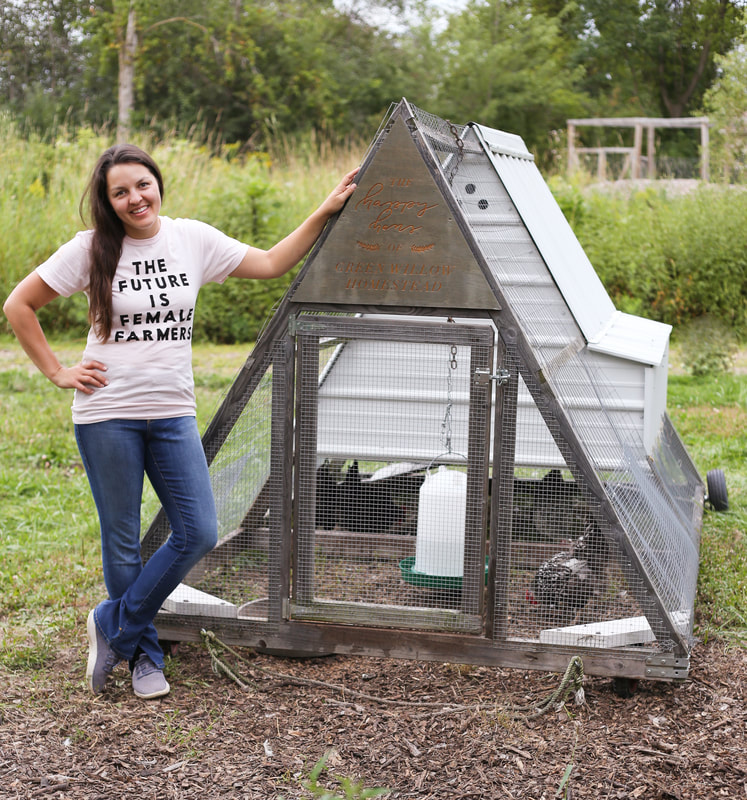
There are so many options for creating a cozy space for your hands. As long as they’re able to be locked up at night and they have a nesting box to lay their eggs, you can’t go wrong.
When it comes to bedding, I like to lay down sawdust or pine shavings.
When it comes to the daily chores, they’re going to need fresh water. They’re going to need a scoop of feed, and they’re going to need to be observed to make sure nobody’s sick or injured. But other than that, they’re pretty much no different than a cat or a dog, except you don’t have to walk them. I know some people like to put their chickens on leashes, but it’s not required.
LM: Which breeds are best?
KJO: That is such a great question. I was hoping you’d ask me about breeds. First, I do want to say, when it comes to chickens, you’re going to want more than one because chickens are social creatures. Most city ordinances allow you to have three. So I say get those three chickens because they need each other. They’re very social.
When it comes to deciding what breed of chicken to go with, you’re going to want to think about your climate first and foremost.
Here in Wisconsin, you are going to want chickens that are hardy in those cold, cold temperatures. So for us, we have had the best experience with what are called ISA browns. Now, they’re not the prettiest looking chickens. They’re just your typical brown-looking chicken. They lay brown eggs. But man, do they do well in the cold climate. They never are sick. They are so friendly and they are one of the most productive egg layers in my experience.
I also love Wyandotte. Wyandottes are really, really pretty and also really sassy. I would say they’re kind of the divas of the chicken breed world.
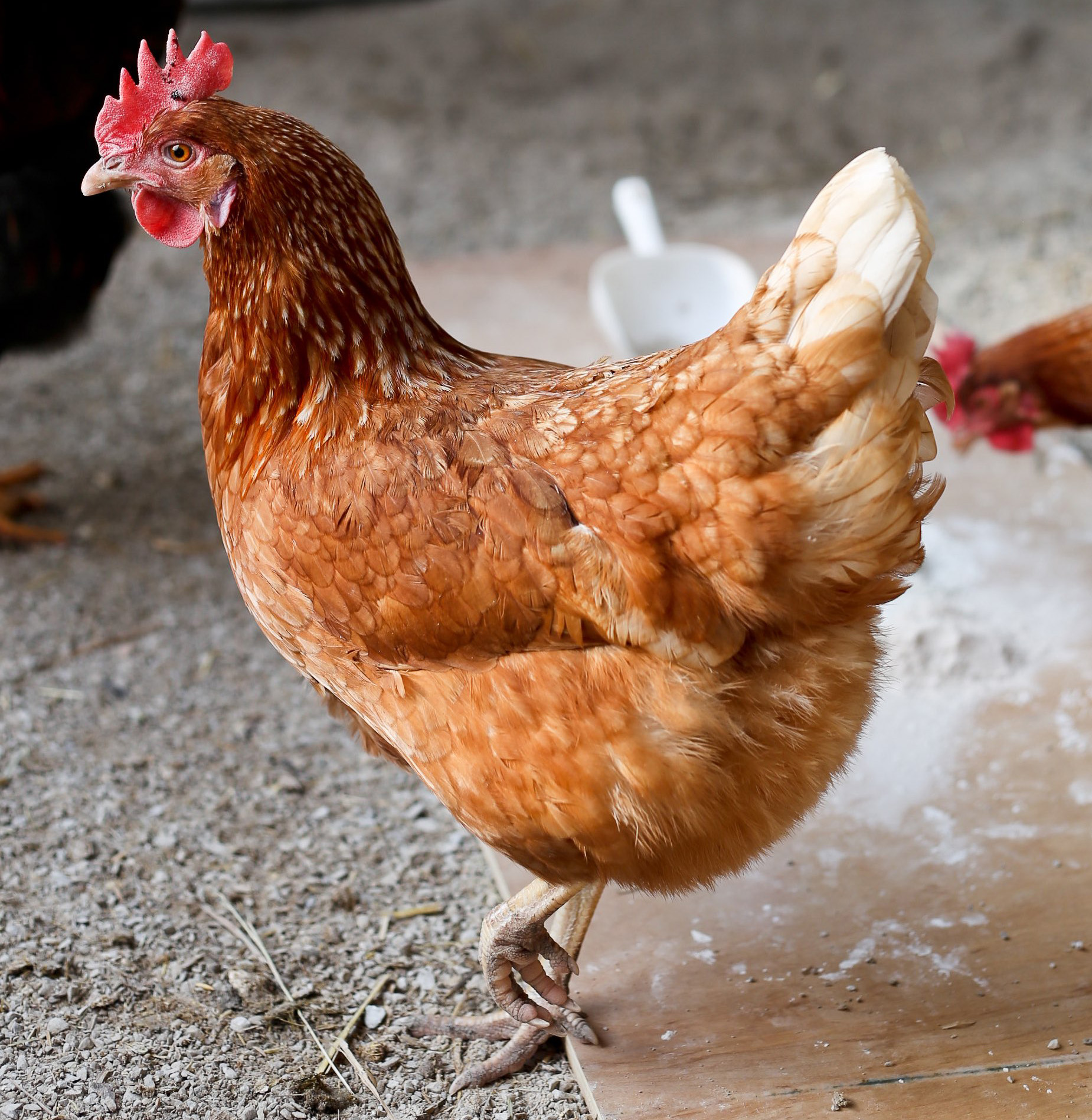
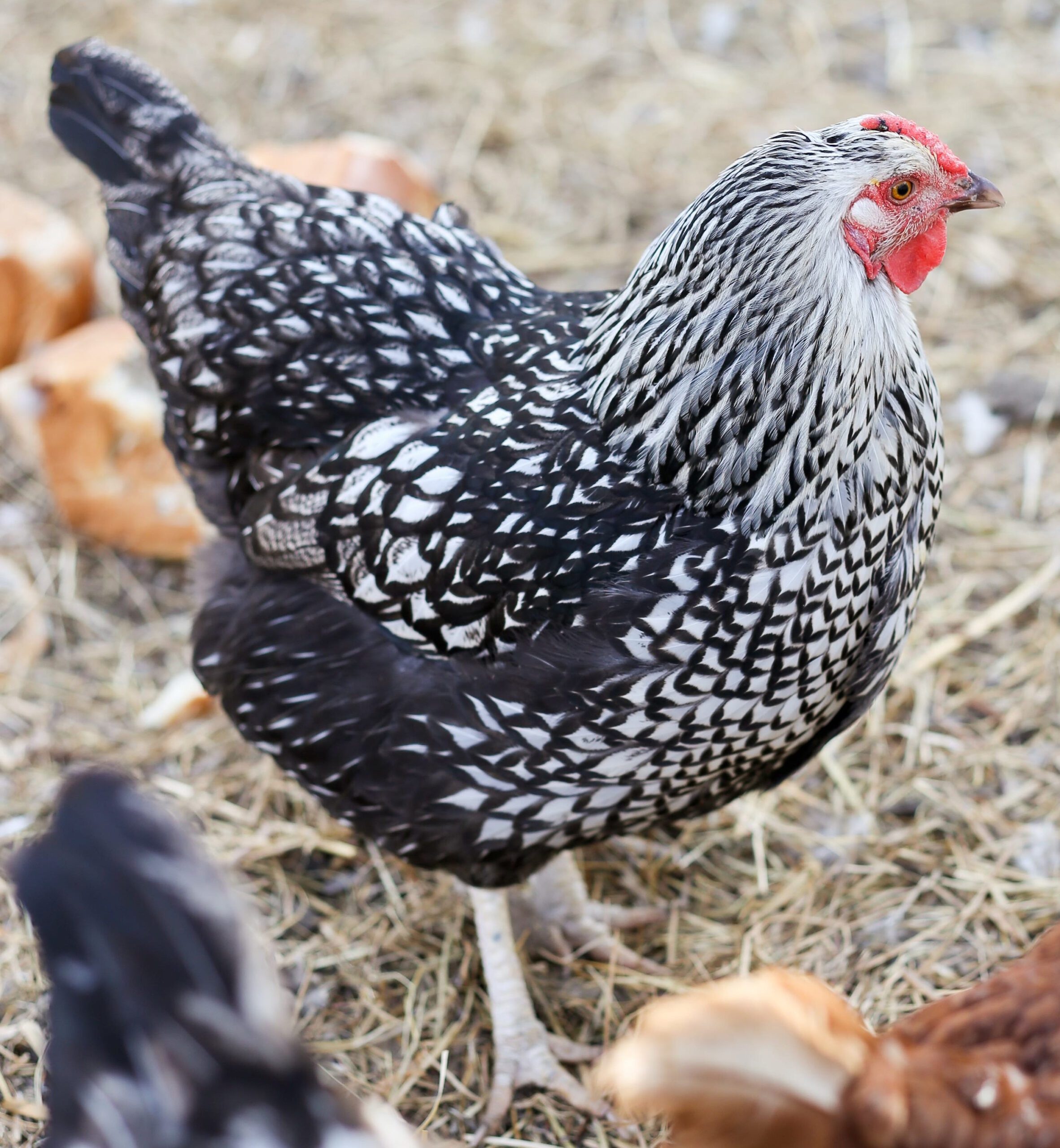
LM: Are there tricks or tips for encouraging the chickens to lay their eggs?
KJO: There are some tips and tricks to encourage egg production. One of the things you will find is that chickens really slow down in the winter months, because egg laying is determined by the amount of light that we have every day.
What people will do is oftentimes hang a light on a timer in their chicken coop so that their chickens get at least 12 to 16 hours of sunlight a day, and that will keep egg production up in the winter time.
For us personally, we choose not to do that to our chickens in the winter time. We give them some time to rest. We don’t have as many customers for eggs in the winter time, so we let our chickens have a little vacation through those colder months.
The other thing that you can do is be sure to offer your chickens a form of calcium, because calcium is what makes those egg shells nice and hard and strong. One way you can do that is by offering your chickens what are called oyster shells. Another thing, if you are looking to save money, is when you crack your eggs in the morning, save those chicken egg shells, crush them up and feed them right back to your chickens.
Other tips
- Cut down on the smell of manure: Jorissen Olesen said she sometimes sprinkles sawdust over the poop to hide the smell. PDZ is a product that absorbs the ammonia and neutralizes nitrogen to speed up composting. It’s available in stores like Farm & Fleet and feed stores, and Jorissen Olesen said she typically goes through a bag every couple months.
- Keep your chickens healthy: Add apple cider vinegar to fresh water each day as a way to keep chickens healthy. Another option is to add a clove of crushed garlic to the water, which has antimicrobial and antibacterial properties to help keep chickens healthy.
- Feed your chickens well: As far as what you feed chickens, make sure the feed has at least 18 percent protein ratio, because that will help egg production. Make sure there’s plenty of vitamins, minerals, probiotics and prebiotics to keep intestinal tracts healthy.
- Not a fan of your neighbors’ chickens? Keep a hose handy: If you’re a neighbor who isn’t a fan of free-range chickens on your porch, keep a hose with a nozzle handy. You can spray them and they’ll learn to stay away.
